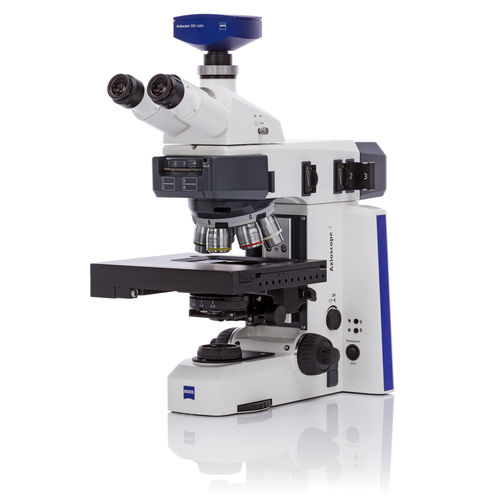
Principal Investigator: Catherine Mkindi
Project leader/ Coordinator: Valeriana Mayagaya
Project Administrator: Priscilla Mlay
Funding Partner: Engineering and Physical Sciences Research Council (EPSRC)
Start date: Feb. 1, 2018
End date: Jan. 31, 2021

Detailed malaria diagnostics with intelligent microscopy
This study aims to develop a novel automated microscope with software and hardware which can be used to locally diagnose malaria in rural communities. The key to reliable, useful diagnosis with an automated microscope lies in computer vision. Simply acquiring digital images and tilling them into a digital smear is an important first step, but robust analysis of the digital images means the technicians don't need to sift through many images of healthy cells, and instead, they can concentrate their efforts on parts of the image where the algorithm identified suspicious features.
Once trained, the algorithm will be able to identify many parasites by only asking for the technician opinion in challenging ambiguous cases when it could not identify objects with certainty. Fully automated counts of healthy and infected cells will then allow consistent qualification of test results, informing the clinician prescribing treatment and aiding in disease monitoring. Computer vision is a powerful technique, but it requires high-resolution digital representations of blood smears in order to work.
This project, therefore, has a hardware component, where the research team will build on their earlier work with the open Flexure microscope to create a slide-scanning instrument, capable of digitizing blood smears in the field. This instrument will use low-cost components and desktop digital manufacturing, so that it can be produced locally-freeing clinics from expensive international supply chains, and creating opportunities for local entrepreneurs that build valuable engineering and design skills. This approach has been already tried with the first version of the microscope, which will shortly be available for purchase in Tanzania and Kenya.
